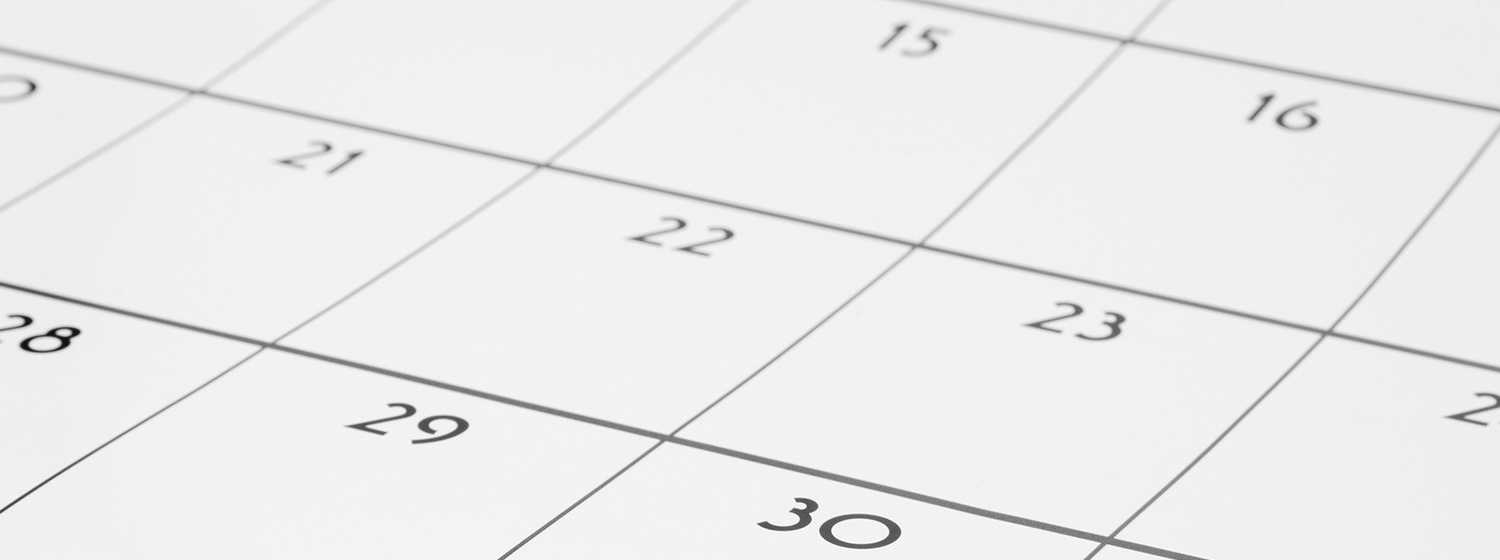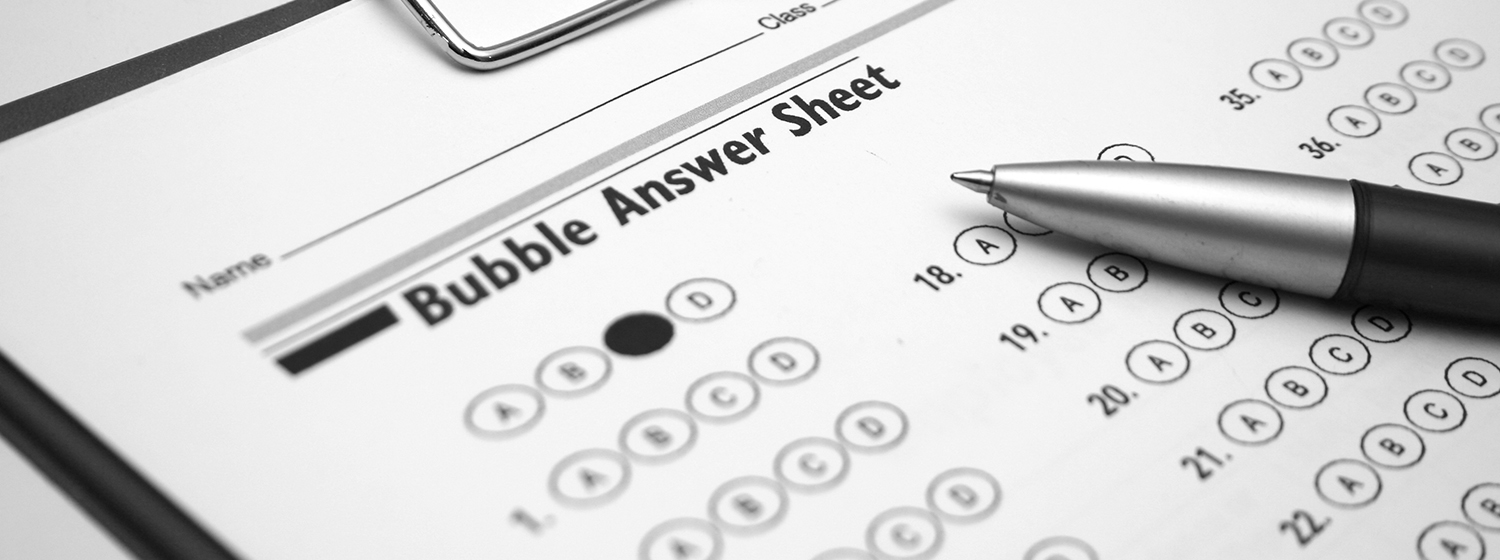Plan B: Case Studies Mailers
The alternate approach (and one we love) is to craft three direct mail pieces around three personal stories from members.
We call these “case study” mailers. You’re basically building a case study—based around member testimonials—for why the conference matters.
Timing: Start dropping the pieces one a month, about three months before the event. Tie the pieces to your specific offers, such as Early Bird, hotel deadlines, giveaways, webinars, or other special offers.
Content: The only way to build a successful case study is to mine your members (survey feedback is the logical place to start) and do a series of in-depth interviews with a handful of them to really get at WHY they come to the event and the difference it makes.
Choose three stories that build on each other: they’re not saying exactly the same thing, but they all tie into why the conference matters.
Include good quality headshots of each member. There are various stylistic choices you can make (first person versus third person), but the key is to make sure the pieces are written in the voice of the conference. And definitely use your email campaign to reiterate and retell the stories.
Design: As with the highlights mailer, this should be a top-notch piece. The design should match the voice, whether it’s playful, urgent, bold, or charming. Your design must get at the heart of why your event matters to people. When we design case study mailers, we take time to really brand them. For example, we did a series of case study mailers for the American Network of Community Options and Resources (ANCOR) where we focused on interviewing people at one member organization and telling their stories of why the conference mattered. We branded the case study mailers all around this idea of why the conference matters, and used the design to reinforce it. (And yes, they got their numbers.)
Segmentation: Different stories will resonate with different people. It’s not just about tracks. For example, stories from first-time attendees might be the exact thing that members who have never attended need to hear. On the other hand, members who are deciding whether to return to the event might make a stronger emotional connection with stories of members who have attended multiple conferences. Think carefully about the stories various segments of your audience will identify with.
Yes, many of your peers may have run away from direct mail. That only makes your opportunity that much stronger. Go back and take a look, and then ruminate on this: tangibility will set you apart. Tangibility will build connection. And tangibility will help you bring in the numbers.
We hope you find these tips inspiring for your next conference, and until next time keep a look out for clue #32!
The Lone Marketer
Share this post in LinkedIn:
NOT ANOTHER SNOOZELETTER.
SIGN UP. BE INSPIRED.



















